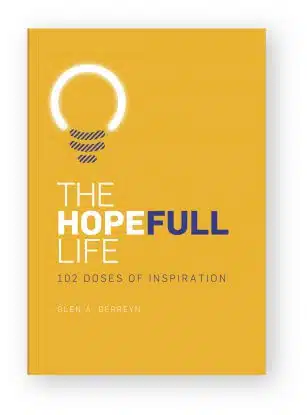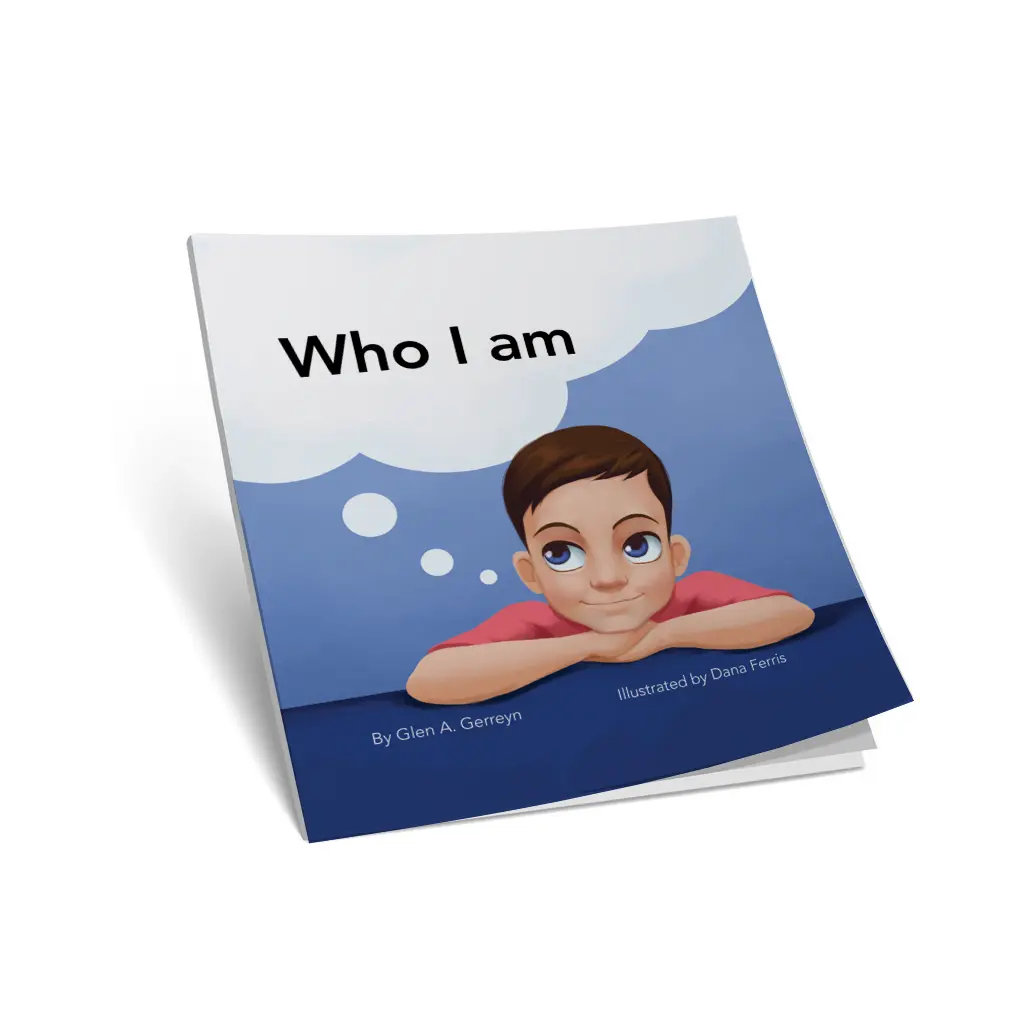“When I was younger, all I wanted to do was write stories. I felt this strain inside like it was what I was supposed to do. I remember now how it felt to write when I was younger. How it was freeing and fulfilling. But that dream had died down to barely a whisper with these repetitive emotional beatings. But today, hearing you speak, hearing your stories and your outlook on life, something sparked within me. I am going to write. I am going to post something every week to allow an outlet to fuel and grow my passion and dream. I am going to start writing again and refueling my passion for expressing myself through writing. I am going to pursue this dream. I am starting now. I am going to have drive. I am going to have purpose despite the challenges against me. Words can’t express how much you allowed me to put everything in perspective and how thankful I am for your talk today, you are by far the best speaker I have ever heard.”
Year 11 Student Sydney, NSW
Who am I? This is the question every one of us will examine at some point in our lives. It is a question of identity. An inquiry about our uniqueness, our distinctiveness and our characteristics. It is a question, which holds a myriad of answers. Those responses may be positive, others negative, some neutral.
The optimistic responses the research say’s will trigger our brains to perform at a more optimal state because when we are in an upbeat frame of mind we are more creative, intelligent and productive.
When we feel rewarded and experience the sensation that only a positive attitude can bring, dopamine floods our system. Dopamine in the brain functions as a neurotransmitter – a chemical, released by our neurons (nerve cells) that send a signal to other nerve cells making us feel good all over.
The release of dopamine makes us happier and turns on all our learning centres helping us to adapt to our world. But we are not the only ones who have an estimation of who we are. Unfortunately everyone has an opinion about who you are. Those opinions are mostly based on inadequate information and partial experience of being in your presence.
Hence when it comes to ascertaining who we are. I would rather make a robust statement than ask an objective question. This is why the title of my new book for children is not Who Am I? But Who I am.
Making a statement about whom you are carries influence. Not just for the person making the statement, but for listeners as well. Our courage emboldens others. As Marianne Williamson so eloquently disclosed, ‘playing small does not serve the world’. Hence I have filled this book with confident and enriching statements such as:
- I am tough.
- I am daring.
- I am smart.
- I am able.

Why? Because language matters, your language is a large part of who you are. What you repeatedly say about yourself paints a portrait. Helping our young people attest to and ratify, what comes after the words ‘I am __________ ‘, strengthens their sense of self. This will also help them to not become victims of other people opinions but designers of their future.
Whom children declare themselves to be is an incredibly important factor for their wellbeing. Up until the ages of three, children can articulate up to 50 words. But from the ages of three to seven their vocabulary increases to 10,000 words. During this season in their life it is vital we instil within them words that, are hopeful, optimistic and courageous, because these 10,000 words need to be weighted more heavily on the positive side rather than the negative in order for our young people to flourish during their teenage years.
I wrote this book for my two-year-old son Justus and for your son, grandson, nephew or friend. I want them to grow up with some ‘I am’ ________ about them. I want to implant words like daring, strong, caring, love, able, and fun into their vocabulary because what comes after the words ‘I am’ structures their reality. The course and quality of their life depends upon how they see themselves. In the future I pray our boys will fill in the blank of what comes after ‘I am’ with whatever they need to thrive.
May this this book aid in turning little boys into strong, caring and honourable men by helping them vocalise, personify and articulate who they are.
“You have physically turned my world upside down, I want to commend you on your magnificent presentation. I can openly admit that before today, I believed that my youth was an excuse to avoid the responsibility and mere thought of my upcoming future; how wrong I was. Hope has most definitely now impregnated me with more fire and drive than ever before. When I got home from school I had my entire family’s heads spinning with a vision of their futures too. I will work till I am where I want to be. I am prepared to start. I am prepared to fail. I am prepared to get up. But, I will never be prepared to quit, and YOU gave me that, so my eternal appreciation.”
Year 10 Student Sydney, NSW
Who I Am is available in all good bookshops or on our online shop.

